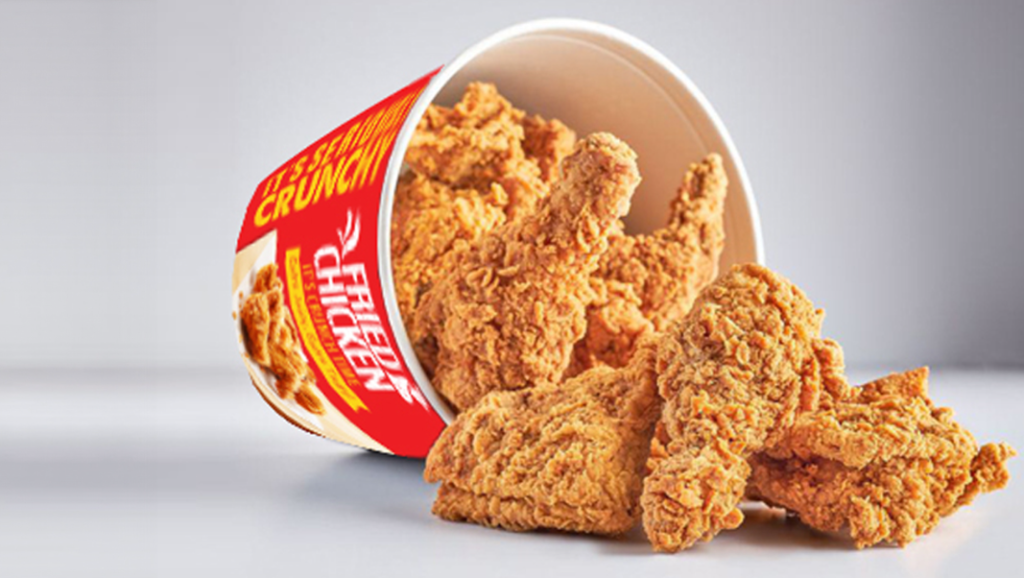How to Make Swedish Candy at Home

In Sweden, candy is called “godis,” and it is famous for its interesting flavors, colorful look and a well-blended mix of sweet and salty. A lot of people know it for salty licorice, but gummies, sour sweets and soft marshmallows are also considered part of it.
In Sweden, enjoying candy is a way people connect with their culture. Saturdays are when families go to the store to pick their favorite sweets off the big walls of candy.
Swedish confectionery is unique due to its use of raw fruit, natural pigments from plants and real flavors, making it taste great and be a bit better for your health than most other candies.
The best thing about it? Crafting Swedish candy out of simple ingredients can be really easy and tasty. We can learn about it by exploring the examples given!
Introduction to Swedish Candy Culture
Sweden is also famous for its colorful, unique candy which is also called godis. From chewy licorice, to sour gummies, to hard caramels, Swedish candy has earned its rep for bright colors, natural ingredients and bold flavors. In reality, Swedes eat more candy per capita than any other country, especially on ‘Lördagsgodis’, the Swedish Saturday Candy tradition.
Here, we will teach you how to make Swedish candy at home and how to get started with easy ingredients and simple instructions. This article will be useful both for a candy-making beginner and a sweets enthusiast who wants to recreate the authentic Swedish taste in their own kitchen.
What Makes Swedish Candy Unique?
Swedish candy is mostly famous for:
- Made from fruit and plant extracts _ natural colors and flavors.
- Unlike overly sweet American candy _ it is balanced in sweetness.
- Salty_(salmiak) and sweet licorice variations.
- Worms, fish, skulls and more _ all creative shapes and textures!
This is what makes Swedish candy unique. Sweden.se states that candy is a central part of Swedish social life, particularly for children.
Ingredients You’ll Need
Let’s gather these basic ingredients before we dive into the recipe. Swedish candy recipes commonly use them and they provide health and taste benefits:
| Ingredient | Purpose | Benefits |
| Sugar | Base sweetener | Provides structure and sweetness |
| Corn syrup/glucose | Adds chewiness & smooth texture | Prevents crystallization |
| Gelatin or agar-agar | Gummy texture | Protein-rich (gelatin) / plant-based (agar) |
| Citric acid | Sourness | Enhances flavor; preservative |
| Natural food coloring | Appearance | Derived from fruits & vegetables |
| Natural flavor extracts (e.g., raspberry, elderberry) | Taste | Brings authentic Swedish flavor |
| Licorice powder (optional) | Traditional Swedish touch | Antioxidant and digestive benefits |
| Water | Helps dissolve ingredients | Essential for proper candy formation |
Equipment Checklist
You don’t have to be a candy factory to make Swedish candy at home. It’s also what you’ll need:
- Heavy-bottom saucepan
- Candy thermometer
- Silicone based candy molds
- Whisk or spoon together.
- cups & spoons measuring
- A pastry brush for sugar crystals.
- For storage, airtight containers
Step-by-Step: Swedish Gummy Candy (Hallonbåtar – Raspberry Boats)

But let’s begin with a favorite: Raspberry Boats (or raspberry boats) — a classic Swedish gummy candy with a fruity, slightly tart flavor.
1: Prepare the Mold
- Grease silicone candy molds lightly with a neutral oil (such as sunflower oil).
- Place on a level surface.
2: Bloom the Gelatin
- Add 3 tbsp of gelatin powder (or agar-agar for the vegan option) to 1/2 cup of cold water in a small bowl.
- Leave it for 5–10 minutes to bloom (swell up).
3: Make the Candy Base
- In a saucepan, combine:
- 1 cup sugar
- 1/2 cup corn syrup
- 1/4 cup water
- Let it stir on medium heat till the sugar dissolves completely.
- Add a little more heat and bring to a gentle boil, checking with a candy thermometer until it reaches 240°F (soft ball stage).
🔍 Tip: To prevent sugar crystals, brush the inner sides of the pot with a wet pastry brush.
4: Mix Flavor & Color
- Take saucepan off the heat.
- Add:
- Gelatin mixture bloomed
- 1–2 tsp. raspberry extract
- 1/2 tsp citric acid
- A few drops of natural red food colouring.
Stir until smooth and fully combined.
5: Pour into Molds
- Pour the candy mixture carefully into molds.
- Gently tap the molds to get out air bubbles.
6: Set & Store
- Let candy set at room temperature for 6–8 hours or until firm.
- Remove from molds, toss in sugar or cornstarch (optional, for anti stick).
- Place in an airtight container.
Bonus Recipe: Swedish Salty Licorice (Salmiak)
A salty licorice or salmiak, is one of those iconic Swedish candies that is polarizing. Here is a simplified homemade version.
Ingredients:
- 1 cup sugar.
- 1/4 cup of corn syrup.
- 4 Tbs water
- Blackstrap molasses – 2 tablespoons
- 1 tsp of licorice root powder
- 1/2 teaspoon salmiak salt (ammonium chloride)
- (Optional) Black food coloring
Instructions:
- Place sugar, syrup, water and molasses in a saucepan.
- Bring to 250°F (hard-ball stage).
- Take the pan off the heat and add licorice powder, salmiak salt and coloring.
- Pour into molds or spread on parchment to cool.
- Bite sized pieces.
⚠️ Note: Small amounts of Salmiak salt is safe. Its origin and usage always need to be verified by reliable sources like European Food Safety Authority.
Expert Tips for Making Swedish Candy
1. Use a Candy Thermometer
It’s all about precision. The texture is affected by the temperatures — the cookies will be soft and chewy or hard and brittle.
2. Use Natural Flavors
Stay away from artificial additives. If you want real taste, look for berry extracts like cloudberry, lingonberry or elderflower.
Reference: Nordic Nordic Food Lab – They are a high authority source on Scandinavian ingredients.
3. Experiment with Shapes
Candy molds are readily available online and increase visual appeal from Swedish fish to gummy skulls.
4. Store Correctly
Candy can get sticky or just ruined all together with humidity. Keep your Swedish candy always in airtight, cool and dry conditions.
Healthier Substitutes
If you’re health-conscious, consider these alternatives:
| Substitute | Replaces | Why Use It? |
| Honey or agave | Sugar | Natural sweeteners with lower GI |
| Agar-agar | Gelatin | Plant-based and fiber-rich |
| Beetroot juice | Red coloring | Natural and antioxidant-rich |
| Elderberry extract | Artificial flavor | Immunity-boosting and deeply fruity |
Cultural Context: Lördagsgodis (Saturday Candy)

Lördagsgodis This translates to “Saturday candy,” and is a tradition in which Swedish children get to eat candy once a week. The habit of this habit is said to have been in the 1950s for dental health and now it encourages moderation.
Learn more at Visit Sweden.
Frequently Asked Questions
Can I make Swedish candy without gelatin?
Yes! For a vegan friendly version use agar agar or pectin.
Where can I buy Swedish candy molds?
Custom molds are available on platforms such as Amazon or specialty kitchen stores.
How long does homemade Swedish candy last?
If stored properly, in a dry airtight container, it can last up to 2 weeks.
Is it safe to use ammonium chloride (salmiak)?
Yes, in small quantities. Traditional Nordic candy is widely used. Make sure to always use food grade ammonium chloride.
Final Thoughts
Making Swedish candy at home is a rewarding and fun thing to do. The tang of raspberry gummies to the boldness of salty licorice, these treats represents Sweden’s rich cultural and culinary traditions. With a few ingredients, a handful of precise steps and a little patience you can make authentic flavors that are healthier and more personal than store bought.
Next time you get a sweet craving, ditch the supermarket and make your own Swedish candy in your kitchen!
Enjoy!!!!!!!!!!! “Once you’ve tried homemade Swedish candy, it’s not just a treat, it’s a memory your heart will crave forever.”
For more delicious recipes and sweet inspirations, be sure to visit our website and explore the world of flavors waiting for you.”


